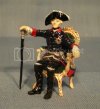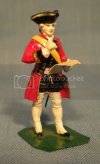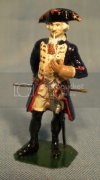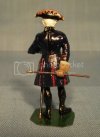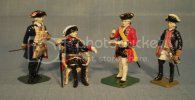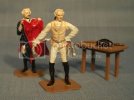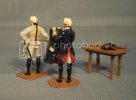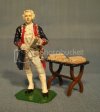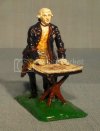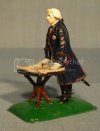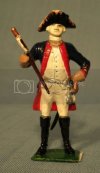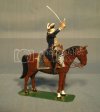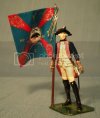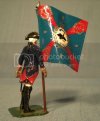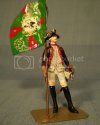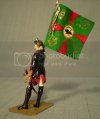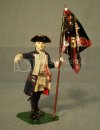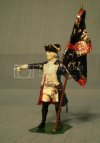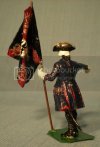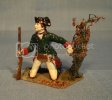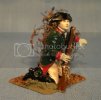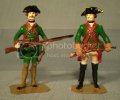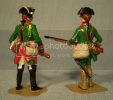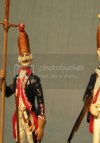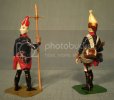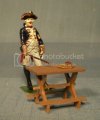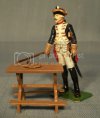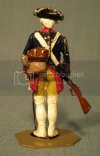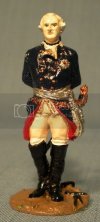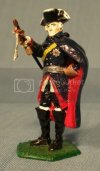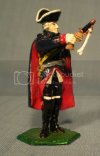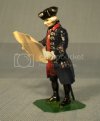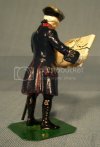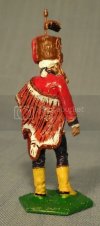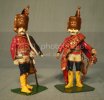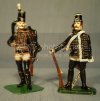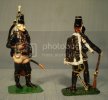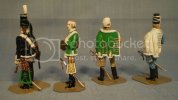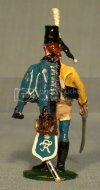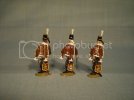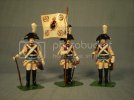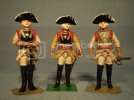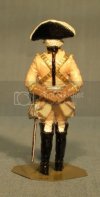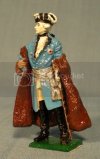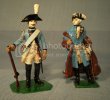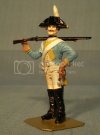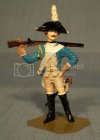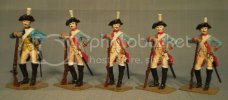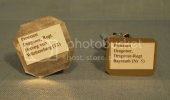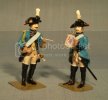the Baron
Ich bin ja, Herr, in Deiner Macht
- Joined
- May 12, 2009
- Messages
- 2,026
Hi, all! I'd like to share my collection with you, or at least, that part of it that is finished, because it's always a work in progress 
First, apologies to those of you who are members in other forums where I've posted these before. But I figure the audience is mostly new. Also, I apologize if the screen images enable the scroll bar. I use Photobucket, and just paste in the image links. It wasn't an issue, until I posted to a German forum, and one of the guys complained about having to scroll. Some forums are built to display the image as a thumbnail with a link to expand the picture (Treefrog Forum is an example), so it never occurred to me to edit them first. We'll see how this goes.
Now, as a figure painter, I've thought of myself as the odd man out, until very recently. I belong to the Miniature Figure Collectors of America (MFCA), based in Philadelphia, whose original members painted commercial toy soldiers, back in the day, but as you may know, the hobby has changed, and there are purpose-made historical miniatures of great detail available. I like the gloss look of the toy soldier, but I like as much detail as I can get, too. No red dots on the cheeks, for example.
To that end, I look for castings or painted figures by makers like Stadden/Tradition, Imrie-Risley, Rose (Russell Gammage), Scheid, etc, but then I use enamels to paint them.
One of my favorite periods is the eighteenth century, especially the reign of Frederick the Great, and the Seven Years War. There's something compelling about Frederick, he's certainly an interesting character, and there's a lot of material on the war (which actually started here, in North America, between Great Britain and France, and that sparked the outbreak of fighting in Europe).
Anyway, without further ado, my collection!
Here is a figure of Frederick himself, out for a walk with his whippets:
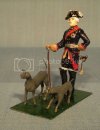
This kit was made in the early '70s by William Murray, Old Guard Miniatures. I like the pose of the figure, Old Fritz standing proudly against the world (though really, he's just taking a walk!). Here's a shot from a slightly different angle:
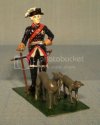
I have another copy of this kit in the stash, and I'll prepare more of a base than just the traditional plain green for that one, I'm thinking of tea leaves and beach sand, to depict a gravel path in the garden at Frederick's palace of Sans Souci.
I'm going to save the post at this point, to see how our page handles the image. More pics to follow!
First, apologies to those of you who are members in other forums where I've posted these before. But I figure the audience is mostly new. Also, I apologize if the screen images enable the scroll bar. I use Photobucket, and just paste in the image links. It wasn't an issue, until I posted to a German forum, and one of the guys complained about having to scroll. Some forums are built to display the image as a thumbnail with a link to expand the picture (Treefrog Forum is an example), so it never occurred to me to edit them first. We'll see how this goes.
Now, as a figure painter, I've thought of myself as the odd man out, until very recently. I belong to the Miniature Figure Collectors of America (MFCA), based in Philadelphia, whose original members painted commercial toy soldiers, back in the day, but as you may know, the hobby has changed, and there are purpose-made historical miniatures of great detail available. I like the gloss look of the toy soldier, but I like as much detail as I can get, too. No red dots on the cheeks, for example.
To that end, I look for castings or painted figures by makers like Stadden/Tradition, Imrie-Risley, Rose (Russell Gammage), Scheid, etc, but then I use enamels to paint them.
One of my favorite periods is the eighteenth century, especially the reign of Frederick the Great, and the Seven Years War. There's something compelling about Frederick, he's certainly an interesting character, and there's a lot of material on the war (which actually started here, in North America, between Great Britain and France, and that sparked the outbreak of fighting in Europe).
Anyway, without further ado, my collection!
Here is a figure of Frederick himself, out for a walk with his whippets:

This kit was made in the early '70s by William Murray, Old Guard Miniatures. I like the pose of the figure, Old Fritz standing proudly against the world (though really, he's just taking a walk!). Here's a shot from a slightly different angle:

I have another copy of this kit in the stash, and I'll prepare more of a base than just the traditional plain green for that one, I'm thinking of tea leaves and beach sand, to depict a gravel path in the garden at Frederick's palace of Sans Souci.
I'm going to save the post at this point, to see how our page handles the image. More pics to follow!

